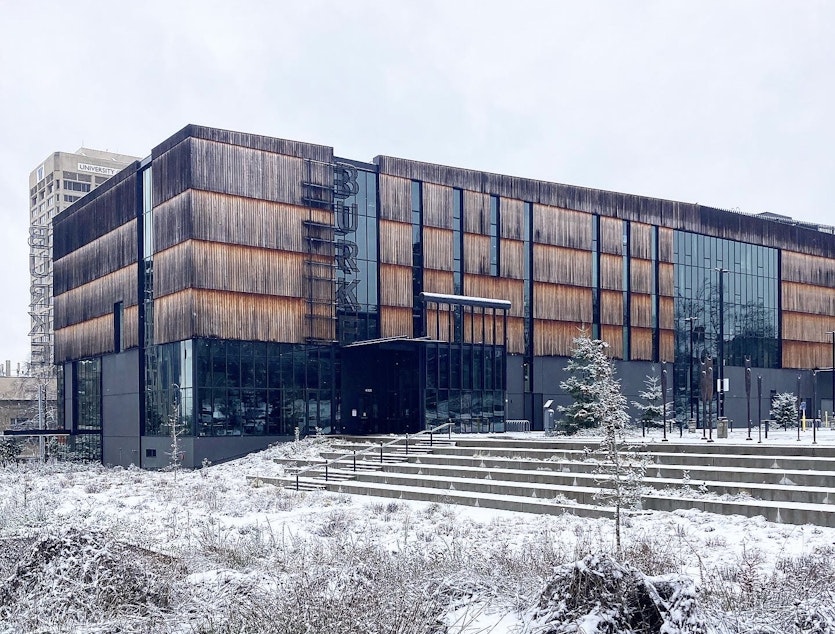New guidelines tied to Indigenous human remains leave museums racing against the clock

Across the country, museums are opening up their display cases and removing items important to indigenous cultures. It’s in response to some new policies from the Biden administration.
The new policies fall under the Native American Graves Protection and Repatriation Act – also known as NAGPRA.
NAGPRA, established more than 30 years ago, created a framework for museums and other institutions to return certain objects to tribes, like human remains and funerary objects.
But critics say museums have taken too long to return many of those items. Under new regulations that went into effect this month, institutions must prepare to repatriate all human remains and funerary artifacts within five years.
With the clock ticking, institutions are going to have to act fast. But repatriation isn’t an easy process.
KUOW arts and culture reporter Mike Davis caught up with Justice McNeeley, the repatriation coordinator and assistant registrar at the Burke Museum, and Dr. Sara Gonzalez, a curator of anthropology to learn more about the relationship between museums, NAGPRA, and Indigenous communities.
We'll also hear from Zachary Small, a culture reporter at The New York Times, to find out more about how museums across the country are responding to these new rules.
Listen to the full interview with Justice McNeeley, Dr. Sara Gonzalez, and Zachary Small by clicking the play button at the top of the page.


